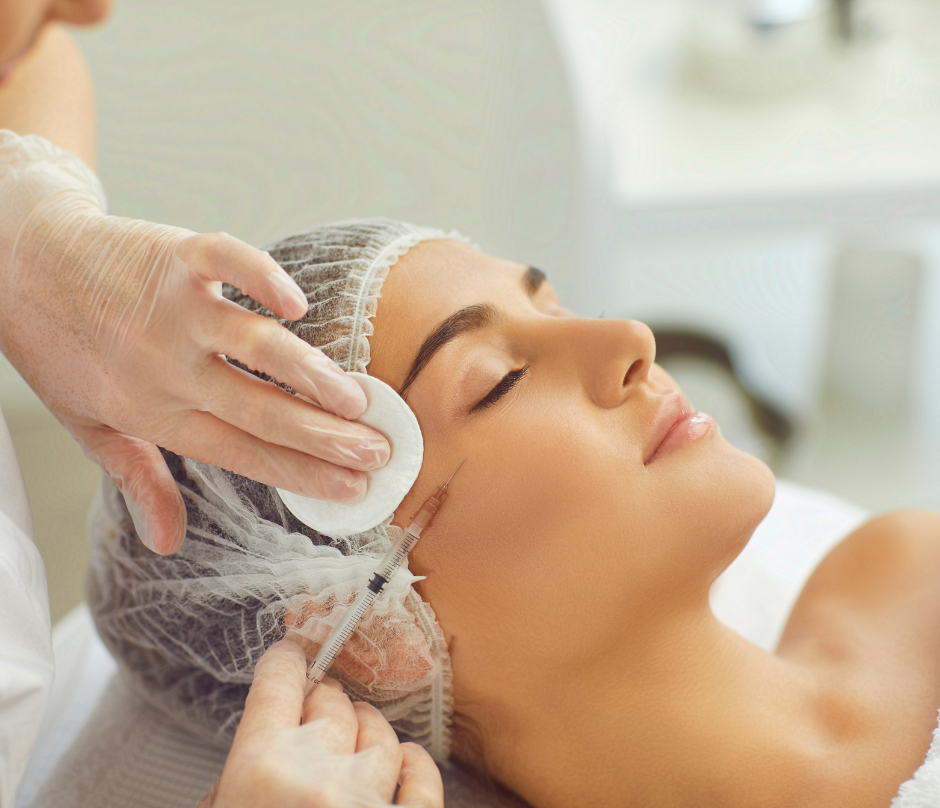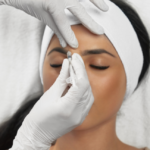When we get older, our bodies naturally change; these changes may include new facial wrinkles or lowered cheekbones. If you don’t like these aging signs, dermal fillers might be helpful.
At a med spa, you can receive dermal filler treatments to reduce the appearance of wrinkles and restore volume to areas such as the cheeks, lips, and chin for a more youthful appearance.
Dermal fillers are classified into several types and are typically used similarly. Before undergoing any cosmetic procedure, it is critical to understand the process and any potential risks.
What To Know About Dermal Fillers?
Here are some questions about dermal fillers and detailed answers below.
1. What Are Dermal Fillers Used For, And What Should I Try Then?
Dermal fillers are FDA-approved injectable fillers that help with wrinkles and skin smoothing. They are injected under your skin with a needle, as their names suggest.
The FDA classifies fillers into four different groups. Each item is given a name based on the material it is made of:
- Your skin and cartilage contain Hyaluronic Acid, which is produced naturally in your body. The typical duration is 6 to 12 months. It also frequently appears in some skincare products.
- Our bones contain the mineral Calcium Hydroxylapatite. This material can be used to make fillers lasting up to 18 months.
- Dissolvable stitches and other medical products are made with Poly-L-lactic acid, a synthetic material that degrades naturally. These fillers have a two-year lifespan.
- The only filler your body cannot absorb is Polymethylmethacrylate Beads, so the results are long-lasting. They are only applied to the mouth area.
A good aesthetician will explain the best treatment plan for you, but remember that multiple filler types may be necessary to achieve the most natural-looking results.
2. Why Do Users Use Dermal Fillers?
One of the doctors explains that patients seek their services to improve their appearance without undergoing cosmetic surgery. The doctor added that dermal fillers smooth out wrinkles and add volume, which her patients like.

3. What Safety Measures Should I Take Before Getting Fillers?
Although this should go without saying, safety must always come first when considering any medical procedure. One way to ensure your doctor is skilled is to go to a board-certified dermatologist or plastic surgeon. Incorrect injection technique raises the risk of infection, discoloration, and lump formation.
4. Who Should Avoid Having Fillers, And What Side Effects Are There?
There is no evidence that dermal fillers are safe for pregnant women; therefore, if you’ve recently given birth or are expecting a child, you should wait. The doctor recommends that patients avoid getting fillers right before a dental cleaning or other procedure.
The most common side effects are bruising, redness, pain, or swelling, which should all go away in two weeks. Raised bumps under the skin are less common in people and may require medication, an injection, or even surgery.
5. How Much Are Dermal Fillers? Is It Permanent?
If the cost seems too good, it most likely is. Always be wary of cheap filler deals. These fillers are priced differently depending on the quantity required. Because most fillers aren’t permanent, you’ll need to return to the doctor’s office if you like the results.
To know more about Dermal Fillers and other med spa services, give us a call at +1 (626) 377 – 9988.


